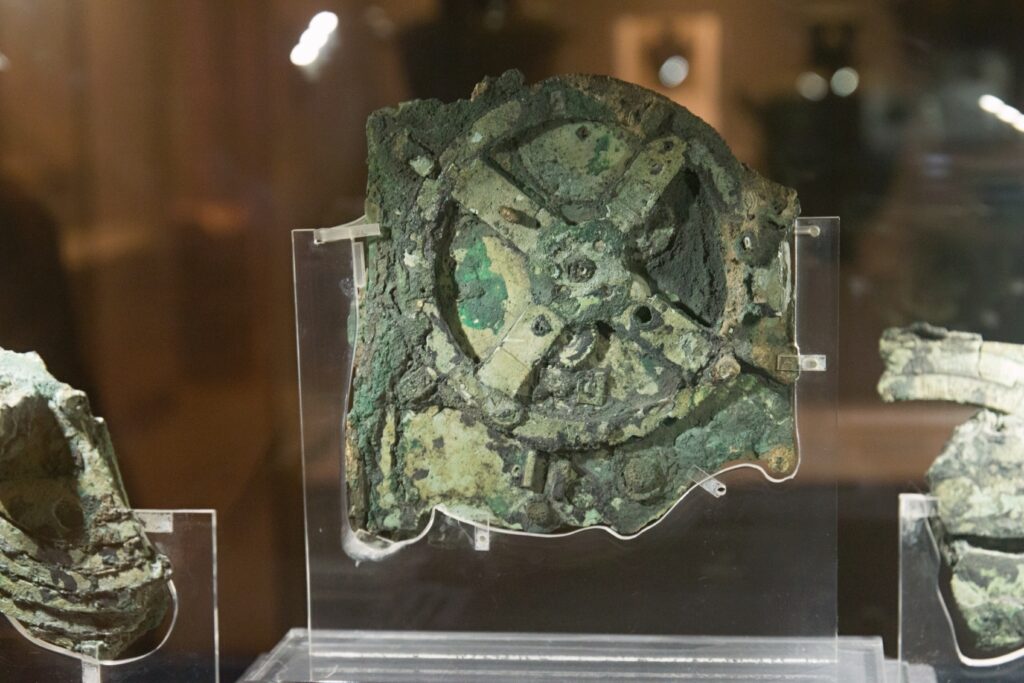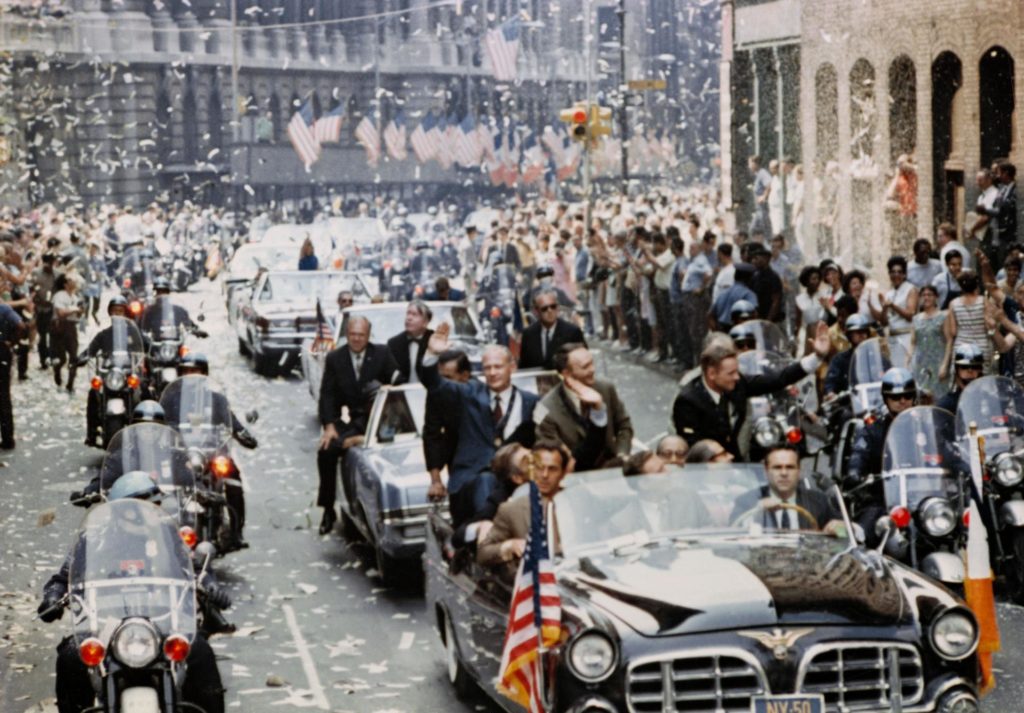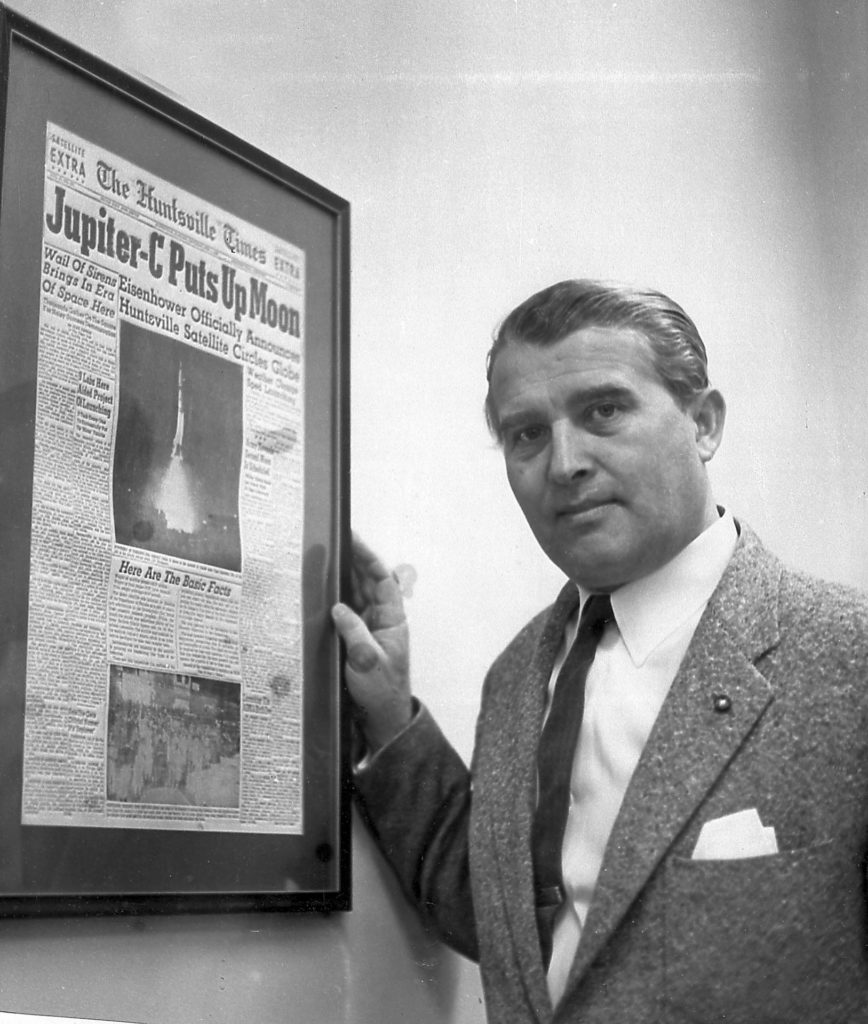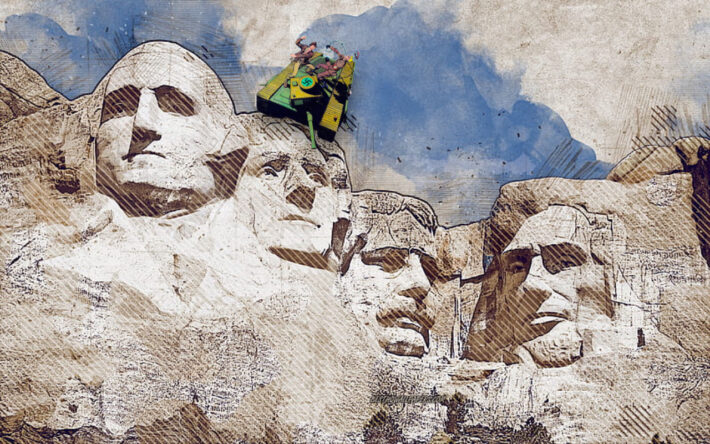*This article contains spoilers for Indiana Jones and the Dial of Destiny.
”The past is never dead. it’s not even past.” -William Faulkner, ‘REQUIEM FOR A NUN.’
The screenwriters may be on strike, but their playbook has never been more readily available. Any fan of James Bond, Frodo Baggins, Dom Toretto or Steve Rodgers knows that there are only so many eligible bad guys that a hero can take on.
If it’s not the Russians, the dinosaurs, the sharks, zombies, artificial intelligence, the fascists, the aliens or the Nazis then it is probably a combination of.
Know that there is no faster way to establish evildoers to an audience, this side of Darth Vader’s breathing apparatus and John William’s ‘Imperial March’,than the slate colored Wehrmacht uniforms of Nazi Germany. The writing team of David Koepp, Jeremy Butterworth, John-Henry Butterworth and writer/director James Mangold are certainly not the first to lean on the Third Reich to do their writing for them, and they won’t be the last.
George Lucas admits that Imperial officers stole their look from the Nazis on the commentary track for ‘The Empire Strikes Back.’
“They’re as much a part of the character of Indiana Jones as every other element we’re familiar with,” Magold told IGN at the Star Wars Celebration in London in April.
“But I also think there are a million ways it’s just relevant even to our world today, whether they are called one thing or another, these things don’t die away.”
Having tried their hand pitting our favorite archeologist against the Thuggee Cult in ‘Indiana Jones and the Temple of Doom’ and the KGB in ‘Indiana Jones and the Crystal Skull’ to middling results the chefs have gone back to the original recipe. Which is how the Nazis are back even though ‘Indiana Jones and the Dial of Destiny’ takes place in 1969.
If it ain’t broke, don’t fix it.
This is territory that Steven Spielberg has trodden before way back in 1989 in the fedora-wearing adventurer’s first farewell,’Indiana Jones and the Last Crusade.’ That film includes a scene of Harrison Ford sneaking around a castle and discovering a communications room chock-full of jack boots. Decades before Phoebe Waller-Bridge made breaking the fourth wall a clever “tick” of her ‘Fleabag’ series, Indiana Jones looks up and addresses no one in particular and says, “Nazis. I hate these guys.”
The line seems a bit too on the nose–even for 1989 or rather 1938 when the film is set–and not something that Indy should need to say. After all white supremacy, one of the tenets of Nazism, was defeated, renounced and eliminated from the American cultural landscape decades ago. Right?
Don’t the textbooks say that racism, bigotry and intolerance were canceled out by the 13th Constitutional Amendment (1895), the Supreme Court’s ruling on Brown v. the Board of Education (1954), the mass demonstrations led by Dr. Martin Luther King against segregation in Birmingham, Alabama (1963) and the Civil Rights Act of 1964 that made discrimination illegal?
That narrative took a real beating in 2017 when a group of white nationalists marched on Charlottesville, Virginia in a demonstration against the removal of a Confederate monument.
Not only was racism in America right under our noses the whole time, it was now lighting tiki torches and pouring dairy products down their own throats emboldened by a new president who attained the office in part by the shameless exploitation of racist dog whistling.
But let’s not get trapped in the past. How are the Nazis from the Indiana Jones films back in 2023?
The villain of the new film is the repatriated physicist Jürgen Voller (Mads Mikkelson), who is introduced in a prologue set in 1944, Germany amongst a battalion of Nazis carrying plundered antiquities on a train.
Behind enemy lines and wearing a stolen Wehrmacht uniform, Indy is captured and interrogated by Nazis attempting to steal the Lance of Longinus; the spear that pierced the side of Jesus as he hung on the cross.
The Nazi scientist Voller attempts to tell his superiors (and the audience) that Hitler is wasting his time chasing the wrong MacGuffin—Alfred Hitchcock’s coined terminology for a coveted object that motivates characters and animates the plot. Not only does the lance hold no supernatural powers, it is also a fake. But he thinks he has found something powerful enough to shift the tides of the war.
In this moment the film distinguishes itself from previous ones: the titular artifact is neither sacred nor occult, but rather mathematical.

The Antikythera, or Archimedes’ Dial (of destiny), is a real world artifact. It’s the oldest known analogue computer which the Ancient Greeks hand-powered. Antikythera is an orrery that was theoretically used to predict astronomical positions and eclipses decades in advance. Think of it as the world’s first Google Calendar. Discovered in a shipwreck and broken into pieces, the Dial might be capable of something more dangerous than predicting when the next Olympic games are due, according to Voller.
From there ‘Indiana Jones and the Dial of Destiny’jumps forward to August 1969 where Indy lives alone in the ruins of a life spent marveling in history. Having split his time between the library, the classroom and the field digging for relics and fighting for their preservation, we learn the cost of his adventures is an empty flat, divorce papers from Marion (Karen Allen) and a stiff slug of whiskey poured into some instant coffee.
The rapt coeds of 1938—who once wrote love notes to him on their eyelids, legible only when closed—have been replaced by a lecture hall of students that can barely keep their eyes open.
Welcome to the space age Dr. Jones.
Americans are celebrating the Apollo 11 mission to the moon. Outside, New Yorkers give the astronauts the largest, longest and loudest ticker tape parade in the city’s history.
Filmmakers utilizing some of Disney’s astronomical $295 million budget spared no expense recreating the parade in Glasgow, Scotland. The financial flex of dropping 1,000 extras into the parade sequence is topped only by the licensing fees of David Bowie’s Space Oddity which plays so quietly that audiences might not even notice it. Now that’s how you set fire to a budget!

Though the media made huge celebrities of the astronauts, the architects of the space race didn’t exactly go about their work in anonymity.
We pick up with Yurgen Voller, who is now going by the name Professor Schmidt, giving passive aggressive remarks to journalists and hotel staffers, “You did not win the war. Hitler lost it,” Voller’s buzzcut henchman Klaber (Boyd Holbrook) tells an African American delivering his lunch that Schmidt was the brains behind the rockets that put the astronauts on the moon. Proper respect should be paid.
Though Indy has become a craggy anachronism; forgotten and useless, the parabola of Voller’s career has achieved its zenith.
Klaber, introduced reading a English to German book of translations, has a bad case of hero worship; the depths of which and how far he is willing to go are revealed later.
Mangold and Mikkelsen are on the record that Voller is loosely based on NASA engineer Wernher von Braun, a Nazi scientist who surrendered to American forces in 1944 and was given amnesty under Operation Paperclip; the US Intelligence program that captured, detained, and repatriated more than 1,600 of Germany’s technology workforce.

Though these Germans were initially held for debriefing the unofficial US policy was soon modified with the expressed aim of keeping the scientists from working for the Soviets in the earliest day of the Cold War.
Von Braun’s complicated history with NASA and the race to the moon have become a pop cultural antecedent for a while now with references ranging from Ira Levin’s ‘The Boys From Brazil’(1976) to ‘Captain America: The Winter Soldier’ (2014), to Michael Chabon’s ‘Moonglow’(2016), to the Al Pacino Amazon Prime series ‘Hunters’(2020). Watch this scene from ‘Iron Man 3’ (2013) talking around how deadly innovation begins from an act as benign as stargazing.
Sure we beat the Soviets to the moon, but at what cost?
NASA never even tried to hide the fact that the V-2 rocket propulsion developed by Wernher von Braun’s team of German researchers carried the first human-made objects into space.
Fortunately for us Indiana Jones is keeping track of the receipts. When Indy first crosses with Voller at an auction for stolen antiquities in Tangier he cuts right to the chase. Voller tries to tell him that he has him confused with someone else.
“My memory’s a little fuzzy. Are you still a Nazi?” Said Indy..
The outing is intended to embarrass Voller, as though fascists should stay closeted where they belong. In these moments the reductionist logic of the Indiana Jones films strains the heaviest against reality: A cinematic shorthand that implies You can take off the uniform, change your name, and learn to appreciate the game of baseball, but in the movies it’s: Once a Nazi, always a Nazi.
“These groups have kind of dreams of order and of the old days and are trying to return to them. So I felt like it was both familiar and relevant.” Mangold said. The past is never dead.
“My name is Jürgen Voller.” He told the CIA agent (Shaunette Renée Wilson) tasked with curtailing his quest for the Antikythera when she addresses him by his cover name, Schmidt.
Without treading too far into spoiler territory by the end of ’Indiana Jones and the Dial of Destiny’, Mikkelsen’s character drops the charade altogether—donning his SS uniform and boarding a Heinkel 111 with a dozen other Nazis in an attempt to finish what Hitler started. (These observations are revealed in the trailer.)
No more pretense. No more hiding from the shame of losing the war. Voller is a Nazi simultaneously decades removed from WW2 and yet emboldened decades before 4chan will be invented. You might even wonder if his intentions for the Dial would be better served aiming that Heinkel for the future instead of the past.
Until now Voller’s contingent consisted of a few bodyguards: Klaber (Holbrook), the master-race-curious zealot with a Southern drawl and Hauke, who is not a visual effect, played by a 7-feet-2-inch Dutch actor, Olivier Richters. So where did all these other Nazis come from?
The film supplies no answers and does not need to.
“I think, really, he is a very confused individual who doesn’t know who he is. There’s a sense of him wanting to at least belong to something, which lands him in this predicament. He is the opposite of the moral compass in this film.” Holbrook told Total Film Magazine.
Klaber receives no backstory. We learn that Professor Schmidt has been teaching in Alabama and can connect the dots from there. His character arc goes from trigger-happy, hick bodyguard to trigger-happy Nazi.
If only the real world progenitors of hatred would be so considerate to put on a uniform so that we could spot them in a crowd. Or at least close our eyes when the Ark of the Covenant melts their faces off?
For audiences in 2023 the idea of Nazis, or Neo-Nazis, popping out of the woodwork in Sicily to fill a German plane headed for glory in storm-filled skies is less of a stretch than seeing the 80-year-old Harrison Ford jumping a horse from the tracks onto a subway platform to avoid an oncoming train.
He jumps off the horse and boards a train.
“This way’s faster,” said Indy.
The screenwriters agree.

